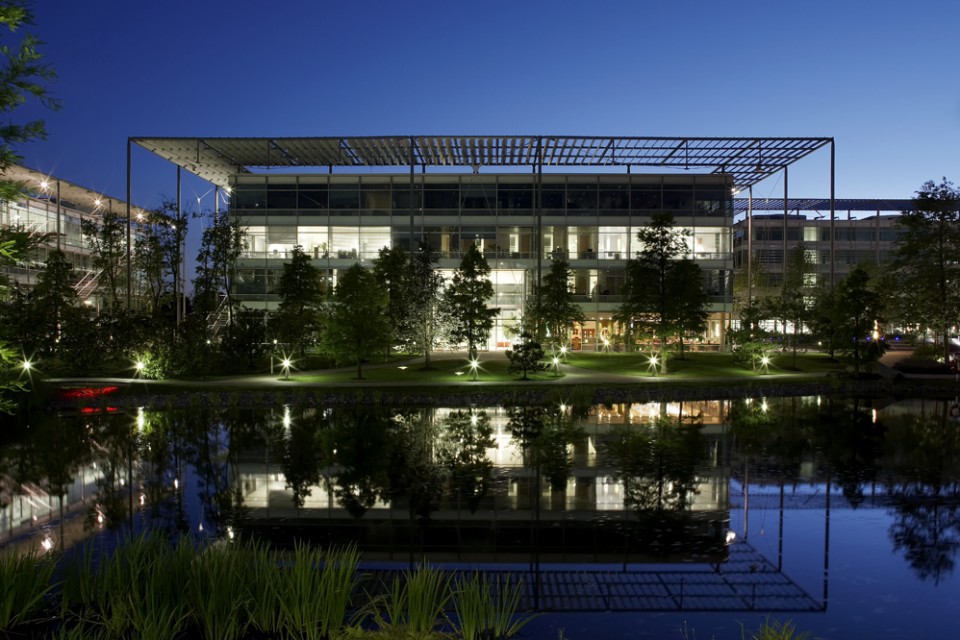Focus on: Macrium’s Rapid Delta Restore (RDR)

What is a Delta Restore?
A delta restore simply means restoring the differences between the source and target file system thereby enabling a shorter recovery time objective (RTO). The concept of RDR has been on our minds quite some time here at Macrium Software. We were aware of competing technologies that offer fast delta restore capabilities but we wanted to build something better!
So what are the options available for delta restore?
Known state restore
This method performs a delta restore of an incremental image to a file system at a known state. The problem with this method is that the ‘known state’ must be prepared beforehand and the target disk cannot be accessed before the final delta restore. This means that the target disk for the restore cannot be the original ‘live’ disk and a previous restore of the same backup set must have been performed beforehand and the disk taken offline. Not very flexible!
Snapshot restore
Another method is to rely on an open Microsoft Volume Shadow copy Service (VSS) delta snapshot and use this to restore back to the state when the snapshot was created. Very quick, but only allows restoration back to the same disk and the image must have been created with VSS. Again, not flexible enough for real world DR.
Macrium RDR
Macrium RDR isn’t dependent on VSS and a delta restore can be performed to any disk that has a previous copy of the imaged file system, no matter what it’s current state. This means that you can restore quickly back to the original disk (similar to the Open Snapshot) method, and have the flexibility to restore to a different disk that contains the same file system on it in any state.
How does Macrium RDR Work?
Unlike ‘Known State’ and ‘Snapshot’ restore, the only dependency for RDR is that the target file system contains a formatted NTFS file system that is the same file system as was originally imaged. When the restore starts, the disk image is loaded, again this can be an image taken at any time, and the target NTFS file system structures are analyzed for differences. All the NTFS file system structures are restored to the target disk and any that do not exist or have been modified on the target disk cause the data clusters for each NTFS file or object to be restored as well. The result is an ‘Incremental’ restore applying only file system changes detected between the image and the target.
Reliable, flexible and fast?! That’s Macrium Reflect for you.
Nick Sills


